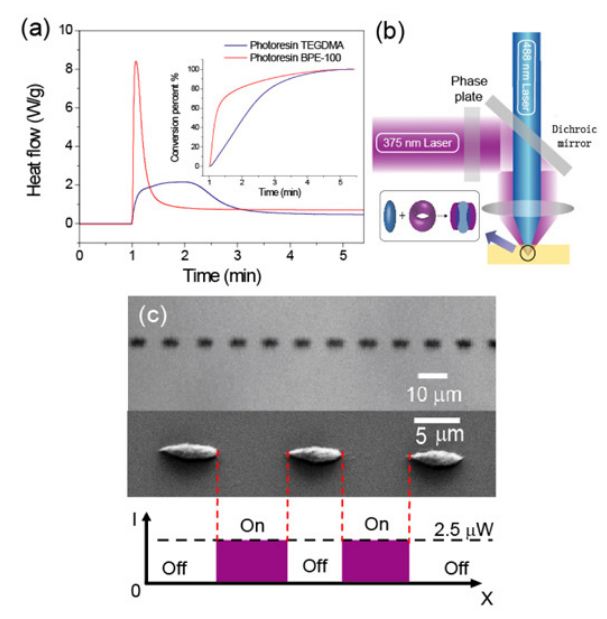HitShane
0
- Joined
- Nov 30, 2012
- Messages
- 655
- Points
- 28
The use of two lasers to overcome Abbe’s law 
More data storage? Here's how to fit 1,000 terabytes on a DVD
More data storage? Here's how to fit 1,000 terabytes on a DVD

Follow along with the video below to see how to install our site as a web app on your home screen.
Note: This feature may not be available in some browsers.



So it's a 9nm "hole" in a much bigger dot? Okay, that makes the effective dot smaller, but I don't see how you can fit more dots that way.
"we can only fit 12 dinner rolls in this box. But the hole that a donut makes is much smaller than a dinner roll, so clearly we can fit many more donuts in this box than dinner rolls." Am I missing something, or is this just troll physics?
So it's a 9nm "hole" in a much bigger dot? Okay, that makes the effective dot smaller, but I don't see how you can fit more dots that way.
"we can only fit 12 dinner rolls in this box. But the hole that a donut makes is much smaller than a dinner roll, so clearly we can fit many more donuts in this box than dinner rolls." Am I missing something, or is this just troll physics?


While a doughnut-shaped inhibition beam is introduced into two-beam OBL (Supplementary Fig. S5), the photoinhibition process is activated to confine the photopolymerization to the centre of the focal spot through the photo-excitation of the inhibitors (TED). As the inhibition process is achieved immediately near the threshold of the new material while the intensity of the writing beam at the focal centre remains the same as if there was no inhibition beam, the effective intensity profile (that is, the effecive focal spot size), equavalent to the area with the photopolymerization degree above the threshold becomes smaller (Fig. 3c). Thus, the photopolymerized feature size can be further reduced (Fig. 3c). As the photopolymerization is inhibited only in the ring of the doughnut-shaped inhibition beam in this method, the degree of the photopolymerization monomer conversion at the focus centre does not change and remains above the threshold, allowing the photopolymerized structure to survive after the developing process
it is possible to achieve a minimum degree of photopolymerization required for building solidified structures with a feature size smaller than the focal spot of the writing beam.

